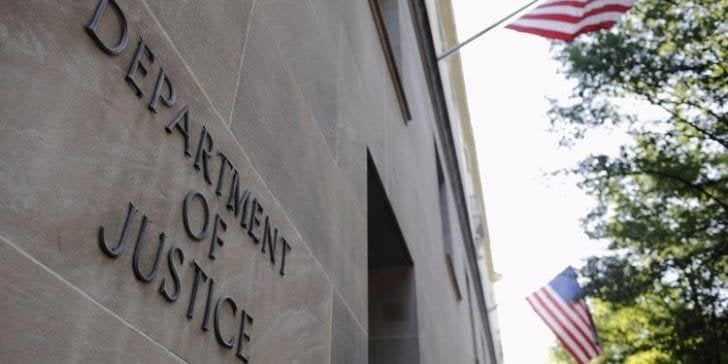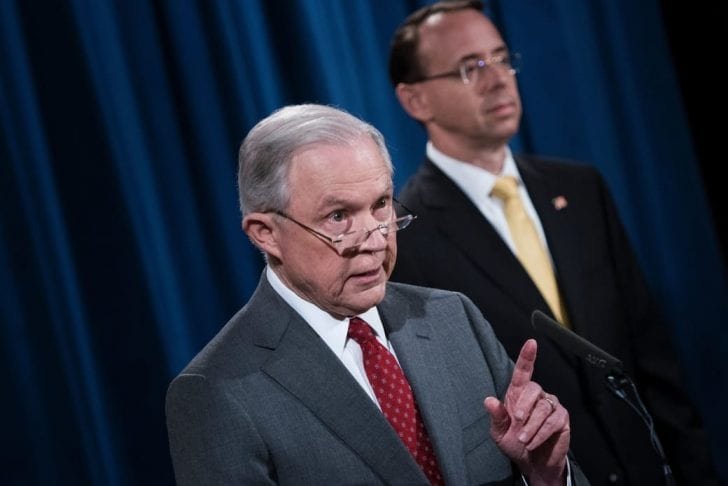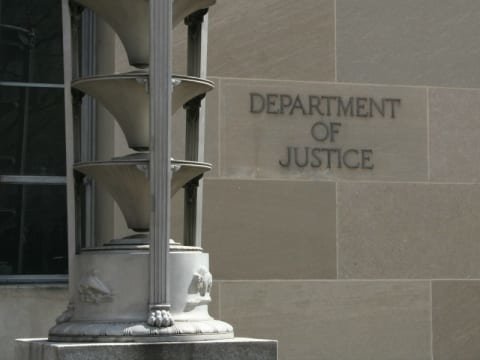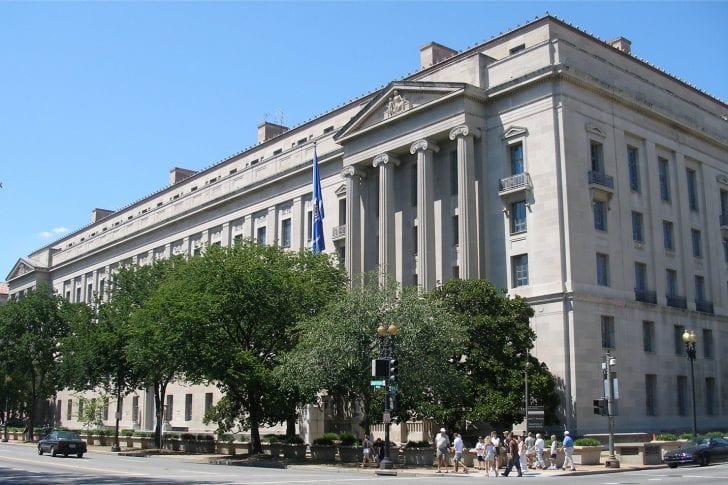
Justice Department’s Internal Manual Reviewed to Exclude Press Freedom Language

The U.S. Department of Justice has been reviewing its manual for federal prosecutors since fall. Notably, Attorney General Jeff Sessions’ tough policies on crime have been fitted right in the new version of the manual. On the other hand, one section titled the “Need for Free Press and Public Trial,” has been cut out.

In addition, any insinuation of the Justice department’s work on racial gerrymandering has been edited out. Conspicuously, there has also been a tone down on the language used on limits of the prosecutorial power
Some of the other changes include Sessions’ focus on the essence of religious liberty. Additionally, the Trump administration’s attempts to stop government leaks seem to have borne fruit. This is because there now exists a language that admonishes prosecutors from needing to share classified information; instead, they will be required by law to share contacts with the media.
Understandably, not all the changes are utilitarian. A couple of lengthy paragraphs have been split into two, citations leading to a number of repealed laws have been pegged back and the contacts list has been updated. The internal manual usually goes by the moniker “US Attorneys’ Manual,” which is a bit of a misnomer. This is especially true when one considers the numerous applications it has in the halls of justice. Federal prosecutors in US attorney offices all around the country use it.
Additionally, other Justice Department lawyers use it too. Summarily, the manual is comprised of high-level statements about certain departmental policies and priorities. Practical guidance on how to maneuver various sections of legal work emanates from the department.
Long Time Due

According to Ian Prior, the Justice Department’s spokesperson, the last time the manual was reviewed was in 1977
Recently, Rod Rosenstein, the Deputy Attorney General, in the rank of the DOJ’s number two ranking official and a veteran federal prosecutor, ordered a thorough review of the document. In a media address in March, Rosenstein lamented the difficulty prosecutors encountered while trying to keep track of policy and procedure changes. At times, the manual was unclear on some of the issues brought up. Thus, Rosenstein believed that the time was nigh for an audit and review of certain sections of the manual.
While it’s true that elaborate plans were employed in the project, there have been no forthcoming public announcements. Notably, that is not an anomaly as it is perfectly normal for the announcements to be delayed. At present, US attorney offices have been alerted to the changes and a notice is expected to be put out once a thorough review is done.
When quizzed about some of the changes to the document, Department of Justice officials declined to comment. They refused to acknowledge any specific changes. Instead, Prior alluded to the document simply serving as a “quick and ready reference” for lawyers to use. He mentioned that it should not be viewed as being the final word on the list of constitutional rights, regulatory law, statutory laws and generalized principles of our legal system.
The Timing

The manual review process is occurring at a point in time when the Justice Department is still without numerous Senate-confirmed officials
Some of the missing names are from the Civil Division, the Environment, and Natural Resources Division, the Criminal Division and the Civil Rights Division. The only thing missing for the officials to be confirmed is a final vote that’s expected to be held at the Senate.
Importantly, Trump has not yet announced any nominee for attorney general who is considered the department’s third-ranking official. The seat fell vacant following the departure of Rachel Brand. Prior provided information about how the review process had gone like by mentioning that a couple of career attorneys from the Justice Department were considered.
Specific sections of the document were edited out due to conflict of interests, be they personnel or administrative. Some of the sections include language on the procedures to follow once a US attorney’s spot becomes vacant, compliance with the Freedom of Information Act and policies that guide the securing and payment of witnesses.
More inDriving
-
`
Do Car Insurance Companies Offer Pay-As-You-Go Plans?
Car insurance premiums often feel unfair to people who rarely drive. Yet, most traditional auto policies still charge a fixed monthly...
July 17, 2025 -
`
Why the Koenigsegg Sadair Spear Is the Ultimate Hypercar Beast
Koenigsegg has revealed a new beast—the Sadair’s Spear. Tuning its focus on raw performance and brutal speed, this hypercar marks the...
July 11, 2025 -
`
Which States Have the Safest—and Riskiest—Drivers in America?
Driving safety isn’t just about skill. It’s also about location. A recent nationwide report shines a spotlight on where drivers are...
July 4, 2025 -
`
How to Save on Tesla Car Insurance Without Compromising Coverage
Owning a Tesla often brings savings on fuel and a futuristic driving experience, but the conversation changes quickly when it comes...
June 26, 2025 -
`
10 Weird Cars That Turned Heads and Won Hearts
Some cars turn heads with speed, others with luxury—but a rare few grab your attention simply by being delightfully strange. From...
June 20, 2025 -
`
Next-Gen Jeep Cherokee Expected to Arrive by Late 2025
After a break of two years, Jeep is prepared to relaunch the Cherokee brand. The automaker confirmed the return with fresh...
June 12, 2025 -
`
9 Tips to Make Night Driving Safer and Less Frightening
Once the sun dips below the horizon, driving becomes more than just a commute—it becomes a challenge. Limited visibility, harsh glares,...
June 6, 2025 -
`
The Impact of AI on Middle Management and Leadership Dynamics
Artificial intelligence is reshaping modern management practices. While intended to streamline tasks like approving time off or managing internal applications, its...
May 31, 2025 -
`
Car Insurance Rates Were Set to Fall—Then Tariffs Changed the Game
For many drivers, there was reason to hope for some relief on car insurance costs this year. After a strong performance...
May 25, 2025















You must be logged in to post a comment Login